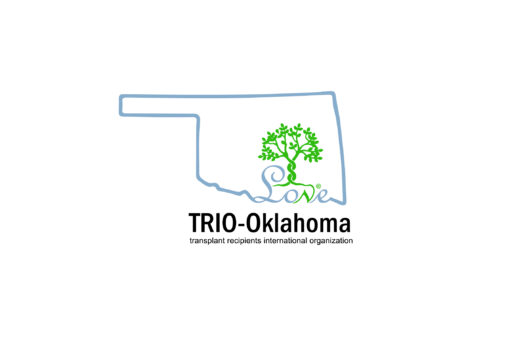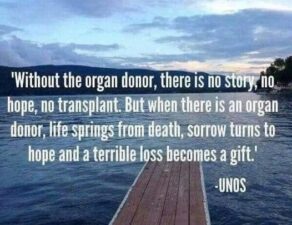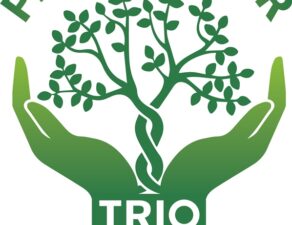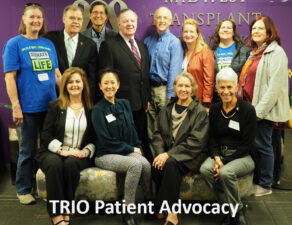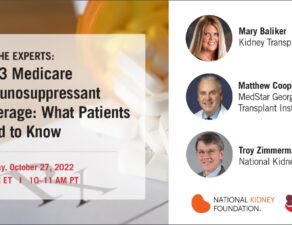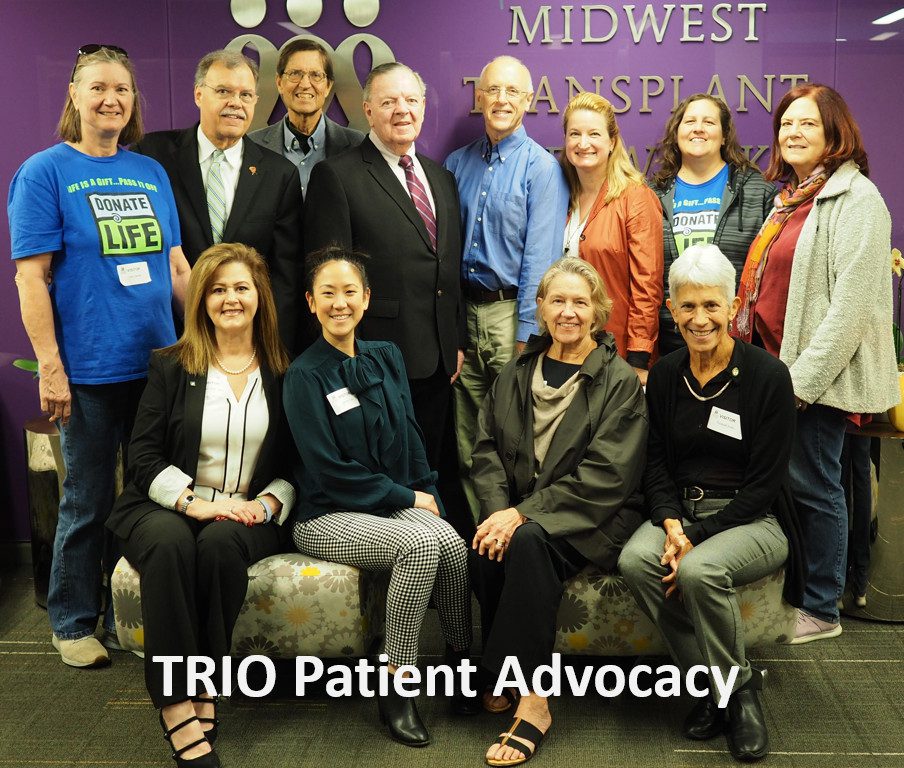
TRIO Public Policy Report – October 2021
Drug Pricing
TRIO along with numerous other patient organizations recently signed on to a letter sponsored by the HIV and Hepatitis Policy Institute to the Senate Finance Committee. The Congress is currently considering numerous proposals around drug pricing and this letter supports those that would clearly help improve prescription drug affordability and access for patients. The specific proposals that the letter supports include:
-A cap on annual out of pocket costs for Medicare Part D.
-Creation of a smoothing mechanism in Medicare Part D that would allow for payment of out-of-pocket costs throughout the year rather than all at once.
-Pass rebate savings on to patients by basing cost-sharing on post-rebate prices rather than on drug list prices.
-Ensure commercial insurance benefit design does not discriminate against vulnerable beneficiaries by placing undue cost sharing on sharing on patients.
-Ensure patient copay assistance counts toward beneficiary deductible and out of pocket expenses.
The letter further urges the Congress to further study and not take immediate action on any proposals that would authorize direct pricing negotiations with companies or would adopt some type of international pricing standards as in the short term they could impact access to especially newer drugs or those for rare conditions.
Covid Booster Shots
News about new developments continues to appear almost daily and an excellent summary of general information for transplant patients can be found in the special TRIO Newsletter of August 13. That summary notes what continues to be the principal takeaways from all of the new information:
-Check with your transplant team before getting a booster shot as they know and understand your current condition best. And do not change any of your current medications until you have checked with your team. -Continue to practice all of the Covid Prevention strategies including especially wearing masks, washing hands, avoiding crowds, and practicing social distancing.
For information specific to transplant patients the committee does recommend a fairly recent CareDx sponsored presentation on the Delta Variant and Covid 19 for Transplant patients that can be viewed at: https://caredx.zoom.us/webinar/register/6016295854708/WN_NINy43_ZS9-lnWs0amXYBg
UNOS Regional Meetings
UNOS holds Regional meetings twice every year (called summer and winter meetings). The summer meetings for 2021 were just completed at the end of the September. These meetings bring together the members of UNOS in each region, including OPOs, transplant centers, transplant laboratories, and the public. The regional meetings are open to anyone; there is a very structured day of presentations and regional votes by members on UNOS committee proposals. The public doesn’t vote on proposals, but is strongly encouraged to provide input into the UNOS public comments section of the website (www.unos.org).
The Public Policy Committee encourages all members to consider attending a meeting either virtually or in person when that resumes. The recipients’ perspective is unique and always welcomed at the meetings. More information on the specific regional meetings and the scheduling of the winter meetings is available on the UNOS website at https://unos.org/community/regions/regional-meetings/
While each Region can have its own unique perspectives the agendas are largely the same. The UNOS website includes information specific to each Region. The following is a summary of the recently held Region 9 summer meeting prepared by Ira Copperman who is a committee member. Again while specific to that Region it touches on all of the points discussed generally at each of the meetings.
The latest Region 9 meeting took place on August 12, 2021. There were specific presentations from each organ committee, along with 3 very important additional presentations on the following:
Committee activities on the various continuous distribution implementation programs
UNOS policy initiatives on improving programs for matching donors and recipients
Changes to the measurement system that UNOS uses for monitoring OPO and transplant center performance
Earlier in August, the Membership and Professional Standards Committee (MPSC) hosted a separate meeting to report on the efforts behind the changes being evaluated for OPO and transplant center performance. The changes being proposed can be found in a white paper published by the MPSC Committee. Additional information about the Region 9 meeting, including presentations and the voting results, can be found at the following websites: https://unos.org/community/regions/region-9/
https://optn.transplant.hrsa.gov/members/regions/region-9/
https://optn.transplant.hrsa.gov/governance/public-comment/enhance-transplant-program-performance-monitoring-system/
Update on Continuous Distribution
The first organ to use the continuous distribution algorithm is the lung. In the summer of 2021, UNOS issued a position paper for public comment. The public comment input period ended on October 1, 2021. The lung allocation committee will review all comments and issue a paper to the UNOS Executive Committee. Once approved by the Committee, implementation will begin, with the expectation to be completed within 12 months. The Committee provided general background on the Continuous Distribution implementation process in its September report. Organ allocation based on continuous distribution assigns a score to a waiting list recipient based on a formula with weighted parts. Each organ can have a different set of weighted parts and the weighted parts can be assigned different percentages. For example, distance from donor hospital to transplant center might be the most important piece part. In another case, time on the waiting list might be the most important aspect. And for another organ, cold ischemic time, which is the amount of time when blood flow to the organ from the donor is stopped and blood flow from the transplant recipient begins, may be the most important aspect.
The Final Rule can be found in the Federal Regulations at 42 CFR 121.8. A very good explanation of the Final Rule can be found at: https://journalofethics.ama-assn.org/article/national-organ-allocation-policy-final-rule/2005-09
